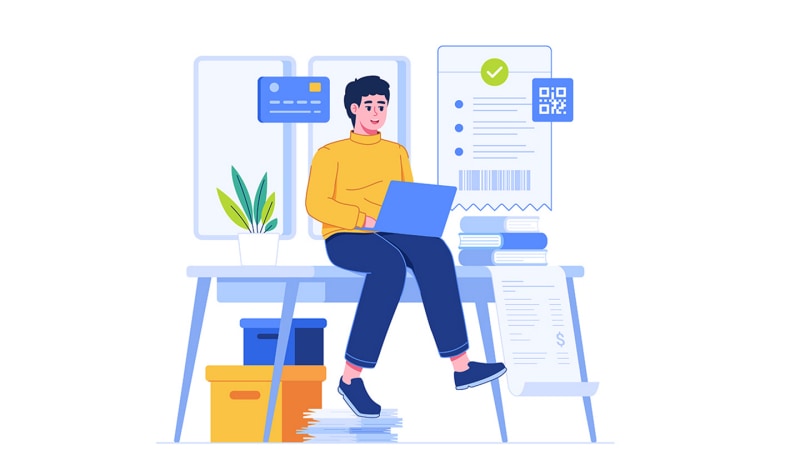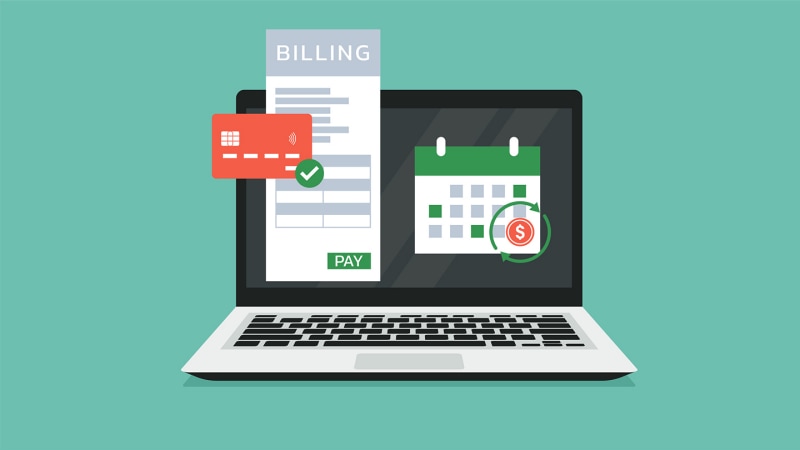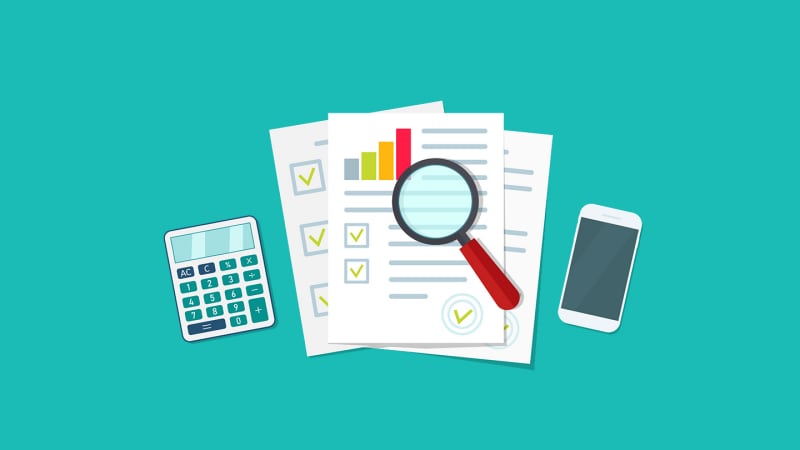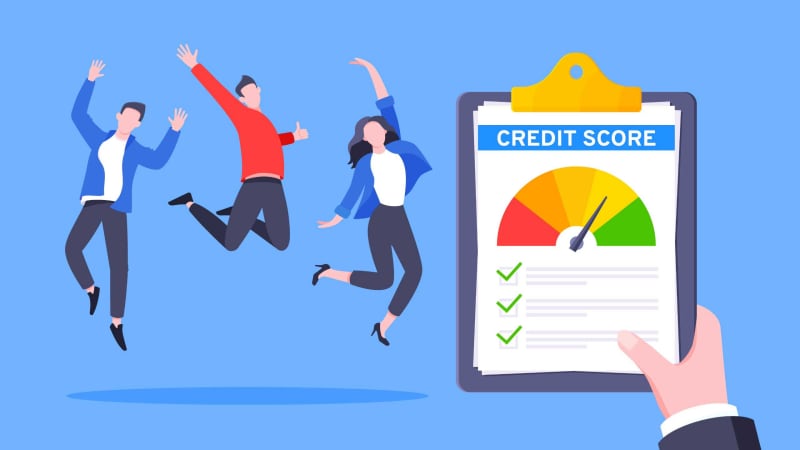How to get your free VantageScore®: A quick guide

Quick insights
- VantageScore is one of several credit scoring models, but the VantageScore 3.0 model is widely used by lenders, financial institutions and more.
- There are ways you can view your VantageScore for free and without impacting your score.
- Monitoring your credit score is an important part of financial health.
Below we’ll review what VantageScore is and ways you can view it.
Introduction to VantageScore 3.0
Developed by the three main credit bureaus—Experian™, Equifax® and TransUnion®—VantageScore 3.0 is a credit scoring model that generates a three-digit credit score to help capture a person’s creditworthiness and credit behavior. VantageScore has several versions and is one of several credit scoring models, but its 3.0 model is widely used by lenders, credit unions and other financial institutions, in addition to employers and landlords. The credit scores produced by this model range from 300-850.
But what makes up your specific VantageScore?
Let’s review the components that make up the VantageScore 3.0 model below:
- Payment history (41%): Your ability to consistently make your payments on time.
- Depth of credit (20%): This refers to the types of credit you have open as well as length of those accounts.
- Credit utilization (20%): Your credit utilization ratio is the amount of credit you use against your total available credit.
- Recent credit (11%): Your application for new lines of credit when a hard check is conducted and new account openings.
- Balances (6%): Your outstanding balances, including credit card debts and loans.
- Available credit (2%): This is the amount of total available credit you currently have access to.
There are several factors at play that help to determine your score. When you are responsible with your credit, your credit score may be positively impacted and may indicate to potential lenders your ability to successfully manage your credit.
Steps to getting your VantageScore
Financial institutions such as Chase may offer access to a free VantageScore. Chase Credit Journey®, for example, is an online platform where you can regularly view your credit score for free without impacting it. Additionally, you do not need to be a Chase cardmember in order to enroll and access your credit score for free though Credit Journey®.
Here’s how to access your VantageScore through Chase Credit Journey:
1. Visit the Chase website:
Go to the official website of Chase, which is www.chase.com, or download the Chase mobile app.
2. Sign in to your Chase account
If you already have an existing Chase account, sign in using your username and password. If you don't have a Chase account, click “Get Free Score” and follow the instructions.
3. Click on the Credit Journey page
Once you are signed in, navigate to the Credit Journey page by going to the main dashboard.
4. Enroll in Credit Journey
If you haven't already enrolled in Credit Journey, you will need to do so by providing some personal information, such as your name, address, Social Security number and date of birth. This information is necessary to verify your identity and provide you with accurate credit information.
5. Access your VantageScore
Once you have enrolled in Credit Journey, you should be able to access your VantageScore through the online platform or mobile app. Your VantageScore 3.0 will be provided to you by Experian, and you can review it anytime without impacting your score.
Why monitoring your VantageScore is important
Monitoring your credit is a helpful way to keep track of your credit behaviors and identify potential errors on your report. Additionally, it can help provide context so you can make adjustments to your financial behavior and potentially help improve or maintain your credit score. Once you get access to your VantageScore, you can regularly check it as your score will fluctuate over time. Credit Journey provides you with resources to help you understand your score.
One resource you may consider using is the credit score improvement tool powered by Experian. This tool assesses your credit behaviors, allows you to set realistic credit score goals to potentially improve your score.
You may also notice that you receive a free credit report provided by Experian. Your credit report contains key information about your credit, such as credit card account openings and closings and negative marks, such as bankruptcy. Reviewing both your credit score and credit report can help you make more informed decisions about your credit management. For example, if you notice you’ve been steadily increasing your credit utilization ratio, you may want to find ways to cut unnecessary expenditures to lower it.
What is a good VantageScore?
The VantageScore 3.0 model ranges from 300-850 and is broken down into the following credit score categories:
- Excellent (781-850)
- Good (661-780)
- Fair (601-660)
- Poor (500-600)
- Very poor (300-499)
A good VantageScore falls in between 661-780. This score means you are more likely to get approved for lines of credit such as mortgages, loans and credit cards. You may also be able to get a lower interest rate and more favorable terms compared to someone with a lower credit score.
In conclusion
Being interested in your VantageScore can be a great sign that you are dedicated to having a healthy credit score. Understanding your score is an excellent first step towards taking control of your credit profile. Over time, as you acquire more knowledge and, maybe with the help of resources such as Credit Journey, you can start empowering yourself to make good financial decisions.



